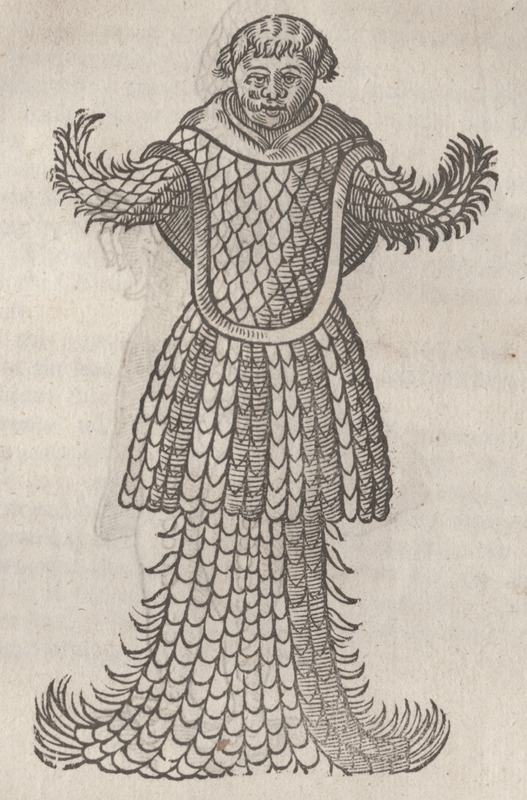Search
-
 Text
TextBible: Luke 1
A vellum leaf containing the text of Luke 1:46-55 and featuring decorative initial letters. -
 Text
TextEpistolary: Matthew 27
A leaf from an epistolary featuring musical annotation and the text of Matthew 27:60-64. -
 Text
TextBook of Hours
A vellum leaf from a Latin Book of Hours. The leaf contains 1/4 panel borders, 1-line and 2-line decoratored initials, and decorated line endings all of liquid gold and tempera. -
 Text
TextLiturgical Calendar
A vellum leaf featuring a liturgical calendar with decorative text, initial letters, and three-sided border all in red and blue inks. -
 Text
TextLitany of Saints (Book of Hours)
A vellum leaf from a Latin Book of Hours. The leaf contains 1/4 panel borders of flowers and tree trunks in liquid gold and tempera. -
 Text
TextWounds of Christ (Book of Hours)
A vellum leaf from a Dutch Book of Hours. The recto and verso have decorated borders, two- and five-line decorated initials, and an angel in the margin of the recto showing wounds on his hands and feet all in red and blue inks. -
 Text
TextAgnus Dei (Book of Hours)
A vellum leaf from a Dutch Book of Hours. The recto and verso have decorated borders; the recto contains a six-line historiated initial “S” depicting the head of Christ, the symbol of the “agnus dei” (lamb of God) in the margin, and two two-line decorated initials all in red and blue inks. -
 Text
TextBible: 1 Kings
A vellum leaf containing the partial text of 1 Kings (1 Samuel). The text contains an illuminated zoomorphic initial “F” with a long marginal extender. There is also a decorated letter beginning the first chapter of 1 Kings (1 Samuel). -
 Text
TextQueries humbly proposed to the Rt. Reverend and Rt. Honourable Count Zinzendorf
Bennet, John, 1714-1759Summary: A set of questions written by Bennet, here referred to as queries, posed to Count Niclaus Ludwig graf von Zinzendorf, the founder of the Moravian Church. -
 Still image
Still imageEffigies Danielis
Ganière, Pierre, 1663-1721An engraving of Daniel, flanked by a lion and lioness, the four beasts from his vision depicted in the sky on either side of his head. -
 Still image
Still imageThe Vision of the Four Beasts
Doré, Gustave, 1832-1883An engraving of the four beasts which appeared to Daniel in a vision rising from the sea. -
 Still image
Still imageOlaudah Equiano of Gustavus Vassa, De Africaan
An engraved portrait of Olaudah Equiano which appears in his autobiography. -
 Still image
Still imageMonk Fish
A woodcut depicting a monstrous fish purportedly pulled from the sea in Poland, which had the appearance of a Catholic monk. -
 Still image
Still imageBishop Fish
A woodcut depicting a monstrous fish purportedly pulled from the sea in Poland, which had the appearance of a Roman Catholic bishop. -
 Still image
Still imageMap of the Four Beasts from Daniel's Vision
A woodcut depicting the four beasts described in Daniel's vision placed on a map, one each in Europe and Africa, and two in Asia. The beasts are placed in such a way that they surround the holy land. -
 Still image
Still imageThe Beasts from the Sea and Earth
An engraving of the two beasts mentioned in Revelations. On the left, is the seven-headed beast from the sea. On the hill to the right is the "lamb-horned" beast from the earth. -
 Still image
Still imageDaniel's Vision of the Four Beasts
An engraving of the four beasts which appeared to Daniel in a vision. Each beast represented a different kingdom and is labeled from left to right: Roma (Rome), Grecia (Greece), Persia, and Asyria. -
 Still image
Still imageVision que Saint Iean eut du Dragon
Le Clerc, Sébastien, 1637-1714An engraving of the dragon mentioned in Revelations, which granted power and authority to the Beast from the Sea and the Beast from the Earth. -
 Still image
Still imageVisions de Daniel touchant les quatre Monarchies, des Assyriens, des Perses, des Grecs, & des Romains
Le Clerc, Sébastien, 1637-1714An engraving of Daniel sleeping (left) as his vision of the four beasts (right) appear, each beast labeled with the kingdom they represent: Roma (Rome), Grecia (Greece), Persia, and Assyria. -
![A woodcut depicting two boys, one born with four [feet] and one born without hands or eyes and the lower body of a fish. These beings are described in the text as being portents of the coming of Islam, implying that Islam was a danger to Christians.](https://s3.us-west-2.amazonaws.com/omekacloud-main/large/P_3000000205074_P3xx/P_300000205074_P3xx-cr_PROD.jpg) Still image
Still imageMonstrous Portents of Islam
A woodcut depicting two boys, one born with four [feet] and one born without hands or eyes and the lower body of a fish. These beings are described in the text as being portents of the coming of Islam, implying that Islam was a danger to Christians. -
 Still image
Still imageThe Beast from the Sea
A woodcut of the first Beast mentioned in Revelations, which emerged from the sea. It has seven heads and ten horns.